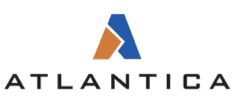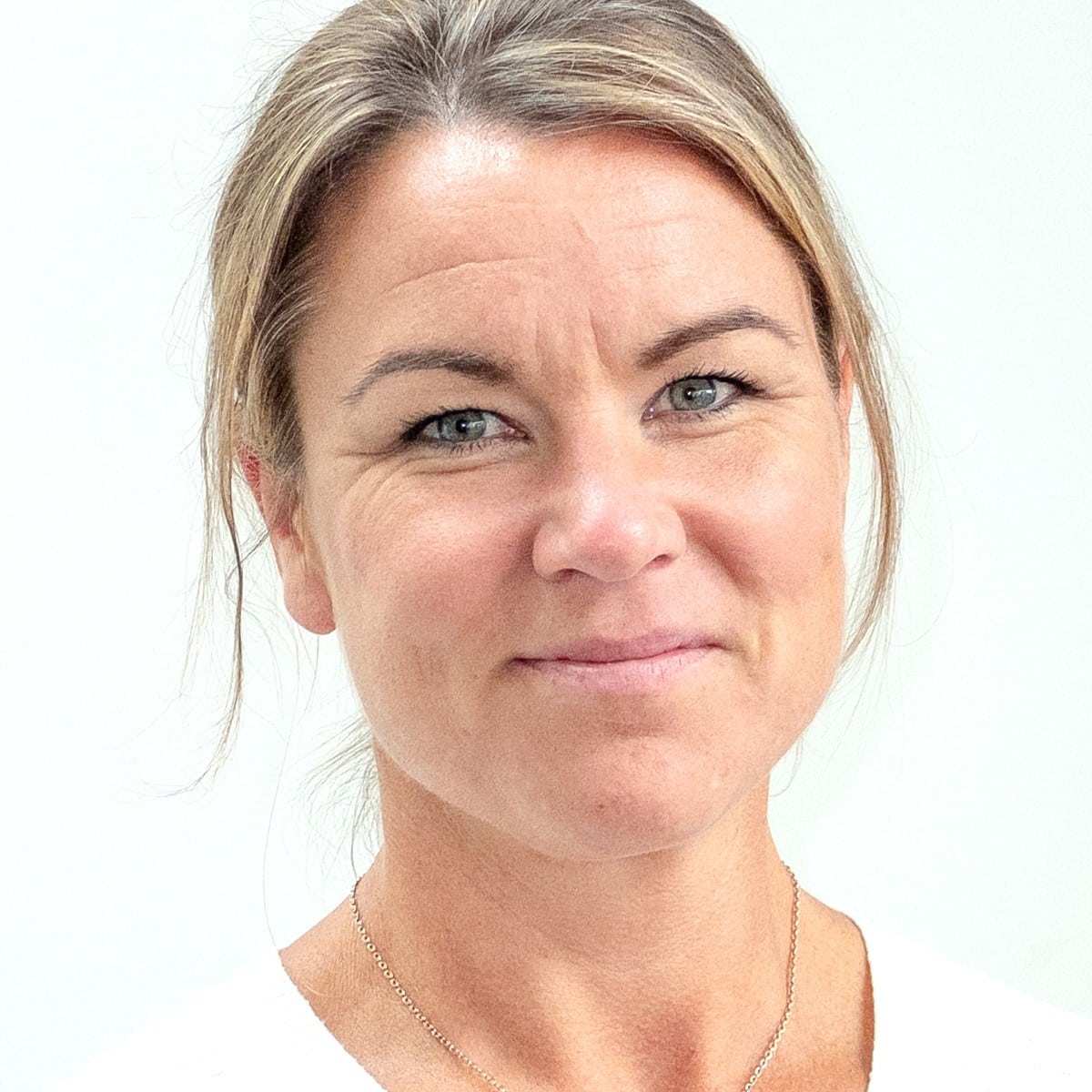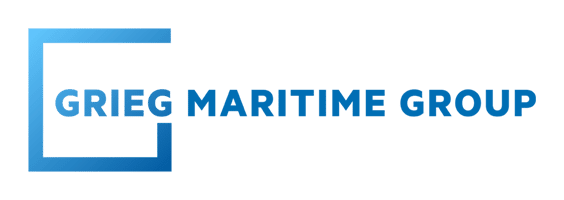Esgian Offshore Wind: monthly round-up October 2022
- Cadeler signs agreements for O-class, F-class vessels
- Vestas confirms multiple new facilities
- California’s first lease sale to open December 2022
Vessel updates
Cadeler has signed a letter of intent (LOI) with an unnamed “blue chip” company related to potentially using one of Cadeler’s O-class vessels on a “significant long-term contract.” The LOI covers wind farm assignments off Northern Europe and in US waters. If finalized, the work will be undertaken after the vessel has undergone a large crane upgrade. The new main crane will have a lifting capacity of 1,600 metric tons at a radius of 40m and a hook height of 160m above the main deck.
Cadeler has also signed an agreement with an undisclosed client for use of its new hybrid F-class vessel from for a period of up to four years running from 2027 to 2030. The agreement includes a minimum guaranteed utilization and flexibility for the client to choose installation of foundations or wind turbine generators. If all options are exercised during the agreement, the potential value will exceed $320 million (€330 million). Furthermore, the agreement allows Cadeler the possibility of bidding on the transport and installation scope, which would increase overall revenues, if successful. The newbuild vessel is scheduled for delivery in Q4 2025. It has a previous agreement in place to install turbine foundations at the Hornsea Three wind farm starting in 2026. It will then commence this latest agreement.
Sembcorp Marine has cut steel on the newbuild wind installation vessel (WIV) for Maersk Supply Service. The vessel is designed to be stationed in one place at a windfarm to carry out successive installations, while tugs and barges ferry the turbine components out to the installation site, thus making the vessel Jones Act compliant. The WIV will also be capable of installing steel monopile foundations. Delivery into US waters is expected in 2025.
Shimizu’s Blue Wind jack up installation vessel held a naming ceremony on 6 October in Japan, and its first job has now been confirmed. After more sea tests, the newbuild will be heading to Venti Japan’s Nyuzen site in March 2023 to install three turbines before moving to Green Power Investment’s Ishikari Bay project. Blue Wind will have a capacity of seven 8MW turbines or three 12MW turbines.
Project awards/updates
Siemens Gamesa has signed two agreements with Hai Long Offshore Wind Project covering 1,044MW for three wind farm projects off Taiwan. One agreement is for turbine supply, while the second is a service and availability agreement. Hai Long 2A is comprised of 300MW, Hai Long 2B is 232MW, and Hai Long 3 is 512MW. Siemens Gamesa says this is its largest offshore wind power signing in Taiwan to date.
A total of 73 SG 14-222 DD turbines will be deployed. The service contract covers 15 years with an option to extend the coverage to 20 years. Hai Long has granted Limited Notice to Proceed with the signing of the turbine agreement. The full Notice to Proceed and subsequent booking of the projects as a firm order is expected in 2023. The turbines will have a capacity of 14MW and will feature a rotor diameter of 222m. The blades will be 108m-long Siemens Gamesa IntegralBlades. The Taichung nacelle assembly facility expansion, announced in September 2022, will be able to support this job once it becomes a firm agreement.
Hellenic Cables has been awarded a turnkey contract by 50Hertz to supply a 220kV export cable system for Ostwind 3, which will connect a segment of the Windanker wind farm area to the German extra-high voltage transmission grid. The project scope covers the design, supply, storage, installation, jointing, termination, testing, and commissioning of 105km of subsea three-core export cable (220kv), along with 13.5km of onshore export cable (220kV), 2km of platform cable (220kV), and 2km of platform cable (66kV). The cables will be produced in Greece and are expected to be finished by October 2024, followed by load-out in 2025. The substation for Ostwind 3 was awarded to a joint venture between HSM, Smulders and Iv-Offshore & Energy. Fabricaiton of the jacket and topsides is expected to be completed in 2023.
Stiesdal’s Tetra floating wind platform has been selected for the Pentland wind farm off Scotland. The Highland Wind consortium chose the TetraSub, the semisubmersible variant of the Tetra concept, for the project. The 100MW project is expected to be the world’s largest floating wind farm when it comes online in 2026.
Nexans has received a final order for export cable under a turnkey contract for the Empire Wind 1 project off the US. Under the agreement, Nexans will install the export cables over 93 miles (150km) from the offshore substation for Empire Wind 1 to landfall at South Brooklyn Marine Terminal. The cables will be manufactured at Nexans’ facilities in Charleston, South Carolina and in Halden, Norway and will also be installed by Nexans. Empire Wind is a joint venture project operated by Equinor and bp.
Engineering studies
InterMoor has been awarded the engineering design scope and the transportation and installation study for two floating wind farms off Asia. One project consists of 50-80 15MW turbines for a total capacity of 750-1,200MW, while the second project consists of 10-20 15MW turbines with a total capacity of 150-300MW. Water depths at the sites range from 80-140m. Each wind turbine platform will be moored using hybrid mooring lines, providing station keeping and offsetting extreme and ambient environmental loads.
Ramboll received a contract from Utilitas Wind to provide pre-FEED analyses for the Saare-Liivi wind farm in Estonia’s Gulf of Riga. The work scope covers technical solutions, electrical design (including cables), along with substation size and location, and analyses for port and harbour infrastructure. The study is set to be completed by early 2023. The first phase of the Saare-Liivi project targets 1,200MW of wind energy, using about 80 turbines. Utilitas Wind plans to obtain the necessary construction permits in 2025, and aims to bring the project online by 2028 at the latest.
Wind farm updates
Construction of the Hollandse Kust Noord wind farm commenced about 10 weeks earlier than originally planned, according to Van Oord project director Roeland Ris. The first of 70 monopiles were successfully installed, and the remainder are scheduled over the next few months. For the monopile installations, Van Oord has teamed up with DEME, which is using the installation vessel Innovation.
The Danish Energy Agency (DEA) has opened a supplementary five-week public comment period on the marine portion of the environmental assessment plan for the Hesselø offshore wind farm. The group behind the Climate Agreement on Green Power and Heat has decided to move the project to a more southern location. The strategic environmental assessment and the environmental impact assessment of the onshore part of the Hesselø project are unchanged and not part of this comment period.
After the period ends on 14 November, the DEA will decide which issues and environmental impacts should be highlighted in the marine part of the environmental assessment of the plan. A second public consultation will take place in the first part of 2024. If an environmental impact assessment (EIA) permit can be granted, it would take place in mid-2024 for the land-based portion of the project.
Meanwhile, the EIA for the marine portion of the project will be carried out in 2025-2026, once the winner of the tender has been selected. An idea consultation is expected in 2025, to be followed by a second public consultation in 2026. Later that year, the EIA permit for the marine portion is expected to be issued, if the assessment supports doing so.
X1 Wind has installed its PivotBuoy prototype at the PLOCAN site off the Canary Islands. Fitted with a Vestas V29 turbine, the 1:3 prototype has been installed at a 50-metre water depth in a downwind configuration, creating a passive ‘weathervaning’ effect that could eliminate the need for an active yaw system. The scalability of X1 Wind’s technology will enable the company to provide platforms for the 15MW scale wind turbines and beyond and deploy them at very deep sites, according to the company.
Virginia Attorney General Jason Miyares announced an agreement between the Virginia State Corporation Commission (SCC) and Dominion Energy regarding the Coastal Virginia Offshore Wind (CVOW) project. Under the terms of the agreement, initial construction costs of up to $11.3 billion will be shared between customers and Dominion. If construction costs fall between $10.3 billion and $11.3 billion, the split will be even. Any costs over $11.3 billion will be paid by Dominion in full. Should costs exceed $13.7 billion, the project will be reviewed by the SCC to determine viability and/or cost allocation. The agreement is subject to final approval by the SCC.
Facilities
Vetsas has confirmed it will construct an assembly facility in Szczecin and an installation terminal in Świnoujście, both in Poland. Vestas’ two new facilities follow hot on the heels of confirmation of the turbine contract for Baltic Power. The Vestas turbine nacelles and hubs assembly facility in Szczecin, which is expected to employ 600-700 people, will be completed in the second half of 2024. Operations at the Orlen Group’s installation terminal at the Port of Świnoujście will start in 2025, employing approximately 100 people.
Separately, Vestas confirmed it will begin serial production of V236-15.0MW blades from the third quarter of 2023 at its blade factory in Taranto, Italy. The company is developing and manufacturing the V236-15.0 MW prototype and test blades at its factory in Nakskov, Denmark. Serial production of V236-15.0 MW blades at the Nakskov facility will begin from the second half of 2023. V236-15.0 MW nacelles will also be produced at the new assembly factory in Szczecin, Poland, and at the existing assembly factory at Lindø, Denmark. The Taranto factory in Italy already produces blades for Vestas’ 2 and 4 MW turbines.
The much-promised new US nacelle assembly plant was confirmed by Vestas on 6 October, along with the details of a provisional agreement for supplying V236-15.0 MW turbines to the Atlantic Shores wind farm. The new Vestas nacelle assembly facility will be located at the New Jersey Wind Port in Salem County, where the assembly and testing of the hub, cooler top, and heli-hoist modules will take place.
Auctions/Lease sales
The US Bureau of Ocean Energy Management (BOEM) has announced that it will hold the first-ever California offshore wind lease sale on 6 December 2022. Three areas in the Morro Bay Wind Energy Area (central California) and two lease areas in the Humboldt Wind Energy Area (northern California) will be included. The five areas cover approximately 373,268 acres. The sale also includes stipulations to prioritize workforce training, domestic supply chain development, community benefits and engagement.
On 14 October, Rhode Island Energy issued a request for proposals (RFP) to secure 600-1,000MW of offshore wind power. The state’s governor signed legislation in July 2022 requiring a market-competitive procurement with the state’s primary utility company required to issue the procurement no later than 15 October. The utility filed a Draft RFP on 6 September, followed by a 30-day public comment period. The deadline to submit proposals is 1 February 2023. Conditional selection of bidder(s) for negotiation is set to be completed by 12 May 2023.
Regulatory
The Impact Assessment Agency of Canada (IAAC) is undertaking the planning phase for the Regional Assessment of Offshore Wind Development in Newfoundland and Labrador and Nova Scotia. As part of the planning, a public comment period has been opened regarding the draft Agreements and draft Terms of Reference for the regional assessment. The draft Agreements describe how the federal and provincial governments will cooperate throughout the regional assessment process, while the draft Terms of Reference describe how the process will be conducted in each province. Comments will be accepted until 26 November 2022.
The BOEM has finalized the designation two Wind Energy Areas (WEAs) in the Gulf of Mexico. The first is located about 24 nautical miles off Galveston, Texas and covers 508,265 acres, while the second is located about 56 nautical miles off Lake Charles, Louisiana and covers 174,275 acres. The agency noted that the size of the WEAs were reduced slightly from the draft versions. These changes were made to address concerns from the Department of Defense and the Coast Guard regarding shipping, marine navigation, and military operations. The BOEM plans to issue a Proposed Sale Notice later this year or early next year. This will be followed by a 60-day public comment period.
Meanwhile, the BOEM and the National Oceanic and Atmospheric Administration’s (NOAA) National Marine Fisheries Service have released a joint strategy aimed at protecting and promoting the recovery of the North Atlantic right whale while responsibly developing offshore wind energy. The draft identifies three main goals – mitigation and decision-support tools, research and monitoring, and collaboration, communication, and outreach. Public comments will be accepted until 4 December 2022. After the comments have been reviewed, the strategy will be finalized. It will be reviewed regularly and updated as new information becomes available.



















































































